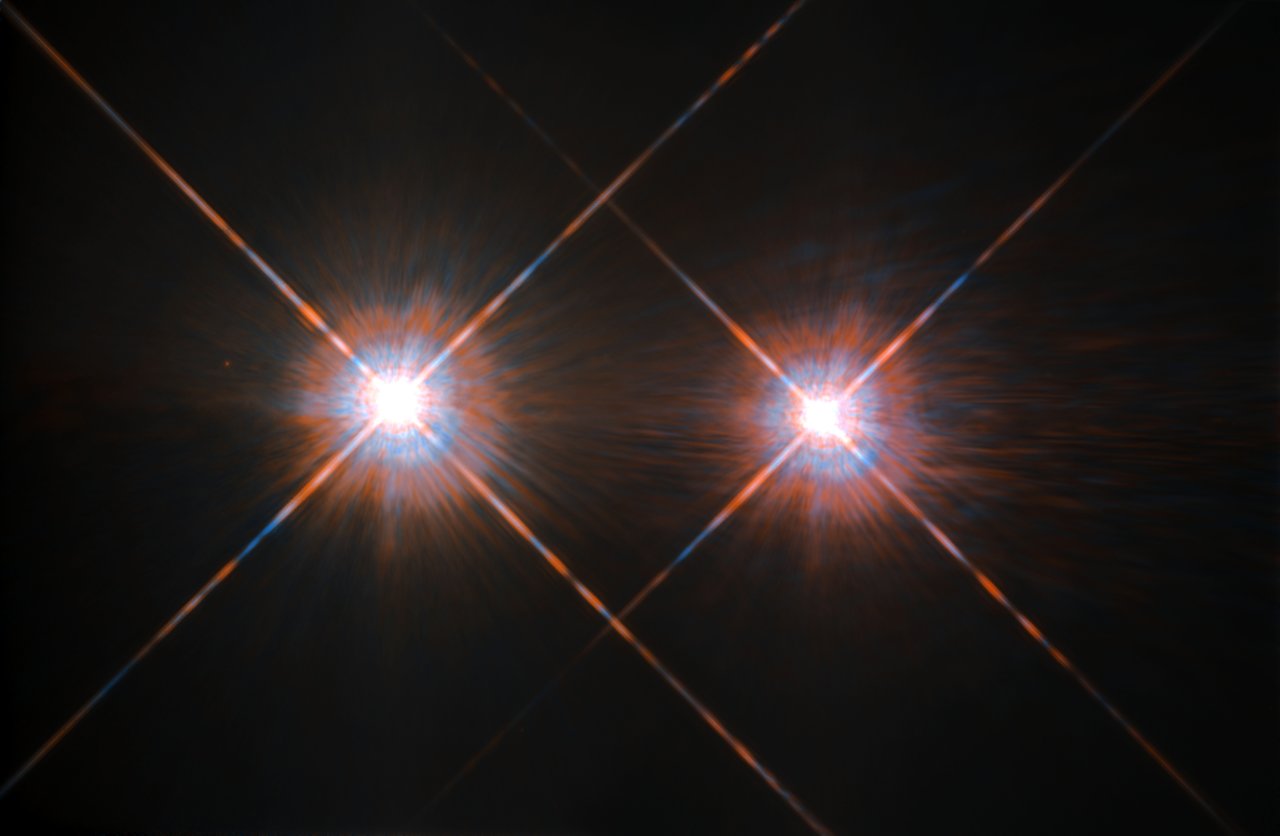There’s a tantalizing sign of a habitable-zone planet in Alpha Centauri
If confirmed, it could mean a life-supporting planet resides is just a stone’s throw away from Earth, orbiting a sun-like star.

An international team of astronomers has found signs that a habitable planet may be lurking in Alpha Centauri, a binary star system a mere 4.37 light-years away. It could be one of the closest habitable planet prospects to date, although it’s probably not much like Earth if it exists.
What’s Alpha Centauri? It’s the closest star system to our own, comprising three different stars. There are Alpha Centauri A and B, which are sun-like stars that form a tight binary orbit around one another about 4.37 light years away. And then there’s Proxima Centauri, a small red dwarf that’s actually closer to us (4.24 light-years away) and has a much looser gravitational relationship with the other two stars.
Proxima Centauri is orbited by two planets, one of which (Proxima b) seems be an Earth-size exoplanet in the habitable zone (the region of a star’s orbit where liquid water can form on the surface). But Proxima b is thought to be tidally locked and inundated by stellar winds, which means it’s unlikely to be habitable.
The new findings: The Alpha Centauri system’s potential to host life-bearing worlds has always intrigued scientists, but no known exoplanets have ever been established there—in part because the close proximity meant it was too bright for astronomers to really narrow in on any planetary objects in the area. But in a paper published in Nature Communications on Wednesday, an international team of astronomers using the European Southern Observatory’s Very Large Telescope (VLT) in Chile found a bright thermal imaging signal coming from the habitable zone of Alpha Centauri A.
Tell me more: The signal was derived through Near Earths in the Alpha Center Region (NEAR), a $3 million project supported by the ESO and Breakthrough Watch. The latter is an initiative backed by Israeli-Russian billionaire Yuri Milner to look for Earth-size rocky planets around Alpha Centauri and other star systems within 20 light-years of us.
NEAR was able to push forward upgrades to the VLT that included a thermal chronograph, which can block stellar light and look for heat signatures coming from planetary objects as they reflect the light from their star. It found the signal around Alpha Centauri A after analyzing 100 hours of data.
Major caveats: The planet in question hasn’t even been named yet, and its existence has not been verified. The new signal would suggest it’s the size of Neptune. That means we’re not talking about an Earth-like world but a warm gas planet five to seven times larger than Earth. If it’s home to life, it would probably be microbial life hanging out in the clouds. And the signal could very well be caused by any number of other explanations, like hot cosmic dust, a more distant object in the background, or stray photons.
Confirming the planet’s existence should not be too hard—astronomers simply have to observe the object again and see if its new position corresponds with an orbit. It’s not yet clear when any kind of follow-up investigation will take place.
Deep Dive
Space
How to safely watch and photograph the total solar eclipse
The solar eclipse this Monday, April 8, will be visible to millions. Here’s how to make the most of your experience.
The great commercial takeover of low Earth orbit
Axiom Space and other companies are betting they can build private structures to replace the International Space Station.
How scientists are using quantum squeezing to push the limits of their sensors
Fuzziness may rule the quantum realm, but it can be manipulated to our advantage.
Stay connected
Get the latest updates from
MIT Technology Review
Discover special offers, top stories, upcoming events, and more.